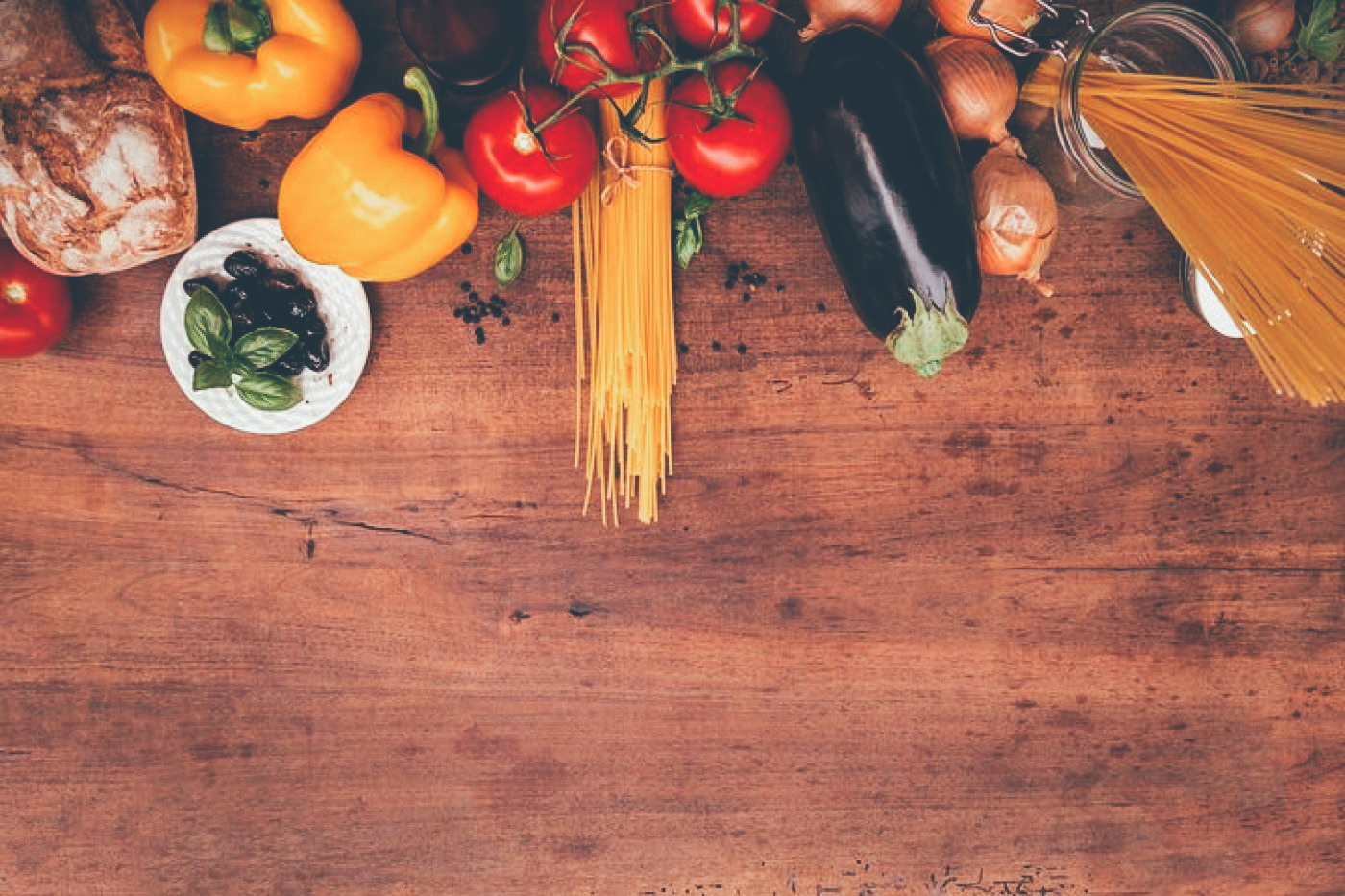As far back as Ancient Greece nutrition has been linked to performance and health. It was Hippocrates (400BC – ca. 370BC) who said “If we could give every individual the right amount of nourishment and exercise, not too little and not too much, we would have found the safest way to health.”
It is believed that the first documented information about a special diet of a Greek athlete was Charmis of Sparta. He is said to have trained on dried figs. I’m not surprised as figs are a Mediterranean powerfood loaded with minerals such as potassium, calcium and iron as well as high in carbohydrates making it an excellent energy source.
What, how much and when you eat and drink can affect your energy, your training, your immune function, and even your risk of injury.
Muscles burn glucose for fuel and the body stores glucose in the form of glycogen which can be broken down into useable glucose when working muscles need an increased fuel supply. The body can store enough glycogen to support approximately 90 minutes of moderate-intensity exercise. More than 90 minutes, or if you are going to experience periods of high intensity riding, such as strenuous hill climbing, on a ride of less than 90 minutes, you are going to need to get glucose to fuel your muscles from food you ingest during the ride.
What kind of food should you eat?
Supported by decades of research into endurance sports, the answer is carbohydrates.
Carbohydrates (carbs) can be broken down quickly and efficiently into useable glucose.
Glucose can be derived from fats and proteins as well as carbs. The problem with both fats and proteins is that the process of breaking them down to extract useable glucose takes a long time and is inefficient.
Truth be told you have to burn more energy to extract glucose from fats than you do to extract it from carbs. In fact, fat metabolism (the process of breaking the fat down) requires carbohydrate that could have been more efficiently burned for glucose if wasn’t used to break down the fat.
Carbs, on the other hand, can be broken down quickly and efficiently to provide the glucose needed to keep going on the bike. They are absolutely essential for the long-distance cyclist.
Before the Ride
Glycogen replacement before the ride involves replenishing the liver glycogen lost during sleep along with any muscle glycogen burned while you move around during the day before your ride begins. Carbohydrates are the primary source for replacing lost glycogen.
Complex and simple carbohydrate meals are recommended. It is best to consume them on a regular basis and especially more so the night before your long ride.
Examples of such foods are whole wheat pasta, brown rice, white rice, quinoa, buckwheat, bulgur wheat, beans, lentils, chick-peas, oats, potatoes and sweet potatoes.
Great meal combinations are: Chicken stir-fry with lots of vegetables served with brown rice, Whole meal pasta with either a veg or meat sauce. Baked potato with a topping (cheese, bean, chilli, tuna, sweetcorn, kidney beans), mushroom & spinach risotto etc.
How long do I wait before I cycle after a meal ?
General recommendations are to plan on waiting 3 to 4 hours to ride after eating a large meal, 2 to 3 hours to ride after a small meal, and an hour to ride after eating a snack such as fresh fruit, yoghurt, or small bowl of oats.
One way to approach snacking is to eat your last snack an hour or so before the ride and nibble small amounts of carbohydrate every 30 minutes or so from the time you finish your snack to the end of your ride.
What to eat during the ride will be continued in our next blog post….

